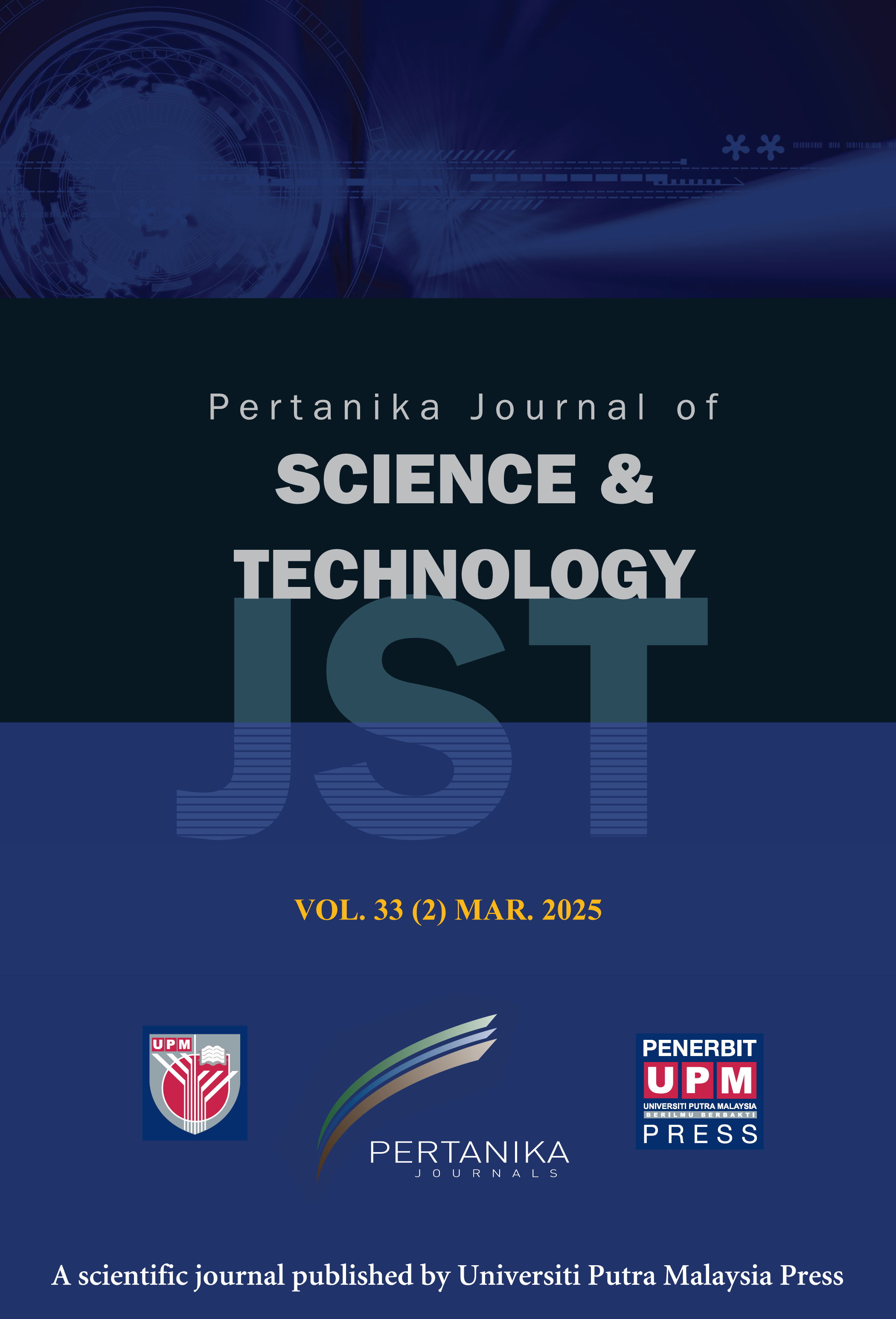PERTANIKA JOURNAL OF SCIENCE AND TECHNOLOGY
e-ISSN 2231-8526
ISSN 0128-7680
Assessing the Role of Ontologies in Enhancing Various Modern Systems
Sarah Dahir and Abderrahim El Qadi
Pertanika Journal of Science & Technology, Pre-Press
DOI: https://doi.org/10.47836/pjst.33.5.02
Keywords: Artificial intelligence, augmented reality, Business Intelligence, cybersecurity, ontology, Semantic Web
Published: 2025-08-11
Increasing the discoverability, accessibility, and understandability of data for both humans and machines is the ultimate objective of the Semantic Web (SW). Therefore, the purpose of this work is to survey and gain a clear understanding of the current state of the use of Linked Open Data (LOD) across a range of domains. We discovered that, of the four domains we evaluated, the two that use ontologies the most are machine learning (ML) and artificial intelligence (AI) in general. On the other hand, because it is a relatively new domain, the Metaverse uses ontologies the least. Despite ontologies’ capacity to guarantee consistency in the virtual world, increase revenue, ensure inclusivity for people with disabilities, and save time. Additionally, the majority of domains are not utilizing SW to its full potential, and additional customization is required in light of each domain’s unique challenges and traits. For instance, AI, cybersecurity, and the Metaverse have an unstructured nature and lack stability. Also, cybersecurity and the Metaverse lack consensus. In addition to this, the Metaverse is highly scalable. Another common difficulty of incorporating ontologies in general is choosing the right mapping technique as there are many. Given these domains’ characteristics, Business Intelligence (BI) finds it easier to integrate them, whereas cybersecurity and the Metaverse find it more difficult. Lastly, dynamic ontologies are believed to make ontologies more appropriate and adaptable for domains lacking stability.
ISSN 0128-7702
e-ISSN 2231-8534
Share this article

